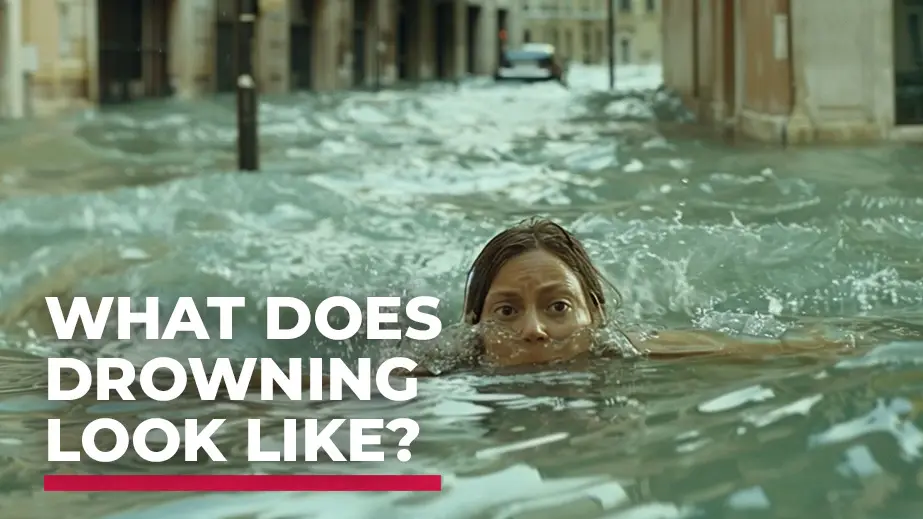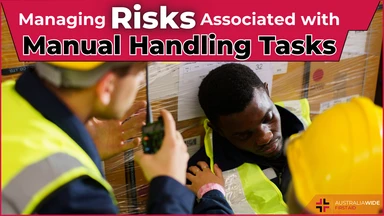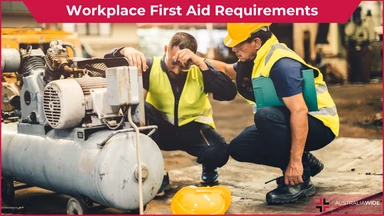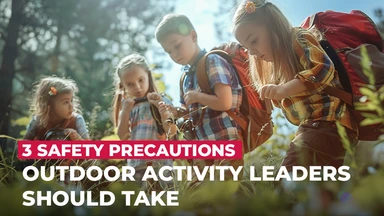What Does Drowning Look Like?


According to the National Drowning Report 2021, 294 people drowned in Australian waterways from 1 July 2020 to 30 June 2021.
This represents a 20% increase on the number of people who drowned during the 2019/2020 period. These statistics illuminate the importance for people to understand what drowning really looks like. In commercial depictions of drowning, like the ones we see in films and on television, people are shown thrashing about wildly and calling loudly for help.
According to Francesco Pia, PhD, a lifeguard and water rescue expert, this depiction could not be further from the truth. Rather, drowning in real life is often characterised as an "undramatic" event, which could probably explain why many children drown within 25 metres of their parent or other adult.
As the research of Francesco Pia, PhD has uncovered, people who are drowning rarely wave, splash, or yell, as instinct takes over and their body focuses on keeping them above the water’s surface for as long as possible. This phenomenon is called the Instinctive Drowning Response, and it stipulates the following:
The below are signs that someone may be struggling in the water:
People who are waving, yelling, and splashing in the water may not be drowning, but they may be experiencing aquatic distress. Unlike people who are drowning, people who are experiencing aquatic distress can aid in their own rescue by grabbing onto lifelines or throw rings. It is important to assist people who are experiencing aquatic distress as soon as possible, as they may actually begin to drown.
The most important thing to remember when it comes to drowning is that, it can happen in any body of water, from beaches and rivers to the humble backyard swimming people. And, it can happen to anyone - according to the National Drowning Report 2021, the top activity in which drowning deaths occurred was swimming & recreating, followed by boating and falling.
Stay safe when you're in or near the water with your friends and family by making sure that everyone is supervised and accounted for. And always remember, silence is the biggest indicator that someone may be struggling in the water.
Disclaimer: This article is for informational purposes only. It does not constitute, replace, or qualify as any form of first aid training.

October 1, 2024
Almost every job involves using the body to carry out some type of manual task. Some tasks may be hazardous, causing injuries such as musculoskeletal disorders (MSDs). Knowing how to manage them is a legal responsibility of all workplaces.

January 10, 2024
In Australia, workplace safety is a top priority, and First Aid plays a crucial role in ensuring the well-being of employees. Workplaces are expected to adhere to specific regulations and guidelines outlined by Safe Work Australia. How does your workplace stack up?

November 24, 2023
No matter how experienced you are as an outdoor activity leader, there are some things you should always do to keep your group safe. Nature can be unpredictable, and so it’s best to be prepared.